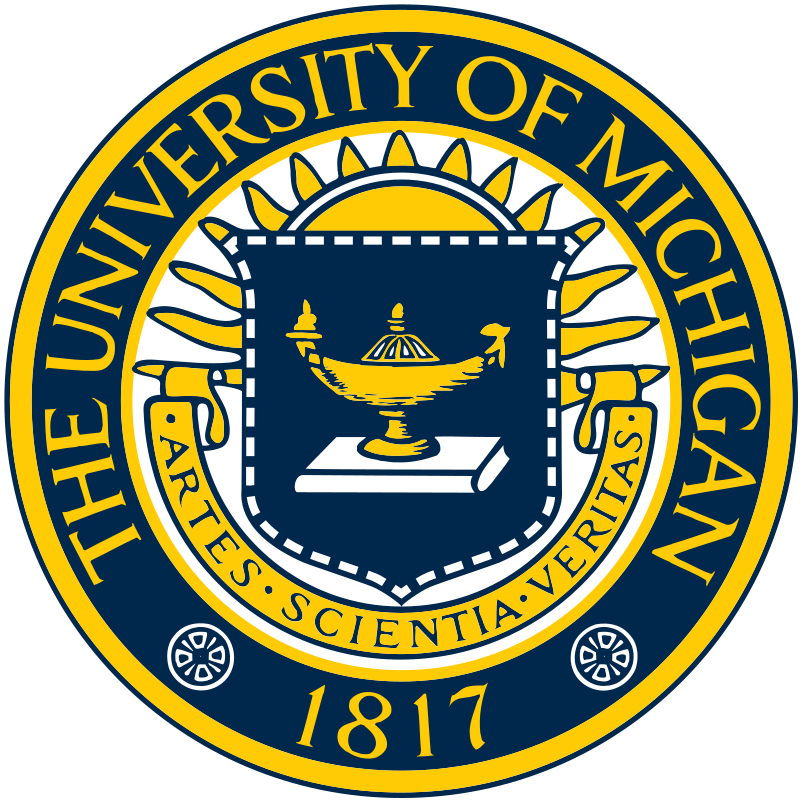Table of Contents
- General Information
- Vaccine Related Pathogen Genes
- C0393
- C4424
- carA
- carB
- CFA/I
- CS1
- cssA
- eae
- efa1
- eltB
- espA
- espB
- etpA
- etsC
- FaeG
- faeG
- FdeC
- fedA
- fedF
- fimH
- FimH from E. coli str. K-12 substr. MG1655
- FimH from E. coli UTI89
- FimH/MrpH fusion protein
- fliC
- flu
- FyuA
- Hma
- ireA
- IroN
- Iss
- iutA
- ler
- MipA
- ompA
- ompC
- ompF
- ompT
- rfaL
- skp
- Sph
- sta
- stx1B
- stx2eB
- StxB1
- StxB2
- Tir
- traT
- Vaccine Related Host Genes
- Vaccine Information
- APEC vaccine using GST-Iss fusion protein
- Bovine Rotavirus-Coronavirus Killed Virus Vaccine-Clostridium Perfringens Type C-Escherichia Coli Bacterin-Toxoid (USDA: 4570.20)
- Bovine Rotavirus-Coronavirus Killed Virus Vaccine-Clostridium Perfringens Type C-Escherichia Coli Bacterin-Toxoid (USDA: 4570.22)
- Bovine Rotavirus-Coronavirus Killed Virus Vaccine-Clostridium Perfringens Types C & D-Escherichia Coli Bacterin-Toxoid (USDA: 4575.20)
- Bovine Rotavirus-Coronavirus Killed Virus Vaccine-Escherichia Coli Bacterin (USDA: 4585.20)
- Bovine Rotavirus-Coronavirus Killed Virus Vaccine-Escherichia Coli Bacterin (USDA: 4585.22)
- CVD 103-HgR- REPEC
- Dukoral
- E. coli C3389 protein vaccine
- E. coli C4424 protein vaccine
- E. coli CS3 in PLGA microspheres
- E. coli FimH with CFA and then IFA
- E. coli heat-labile enterotoxin B-subunit (LB-T) Vaccine
- E. coli Hma protein vaccine
- E. coli IreA protein vaccine
- E. coli IutA protein vaccine
- E. coli O157:H7 intimin vaccine
- E. coli O157:H7 subunit vaccine expressing Esps and Tir
- E. coli vaccine based on recombinant protein CO393
- E. coli vaccine based on recombinant protein FyuA
- E. coli vaccine using intimin polypeptide
- E. coli vaccine using verocytotoxin toxoid
- E.coli vaccine based on recombinant protein IroN
- EHEC O157 subunit vaccine using his-tagged N-terminal intimin
- Escherichia Coli Avirulent Live Culture Vaccine (USDA: 1551.02)
- Escherichia Coli Avirulent Live Culture Vaccine (USDA: 15R1.00)
- Escherichia coli carAB mutant vaccine
- Escherichia coli ler mutant vaccine
- Escherichia Coli Live Culture Vaccine (USDA: 1551.R0)
- Escherichia coli rfaL mutant vaccine
- EspA-Tir-M novel fusion protein vaccine
- inactivated ETEC expressing expressing CFA/I and CFA/II
- KLH-s-FimH1-25 with CFA and then IFA
- Live attenuated ETEC vaccine ACAM2007
- Live attenuated ETEC vaccine ACAM2010
- Live attenuated ETEC vaccine ACAM2017
- Porcine Rotavirus Modified Live Virus Vaccine-Clostridium Perfringens Type C-Escherichia Coli Bacterin-Toxoid (USDA: 49C1.21)
- Porcine Rotavirus Modified Live Virus Vaccine-Escherichia Coli Bacterin (USDA: 49K1.20)
- Porcine Rotavirus-Transmissible Gastroenteritis Modified Live Virus Vaccine-Bordetella Bronchiseptica-Clostridium Perfringens Type C-Erysipelothrix Rhusiopathiae-Escherichia Coli-Pasteurella Multocida Bacterin-Toxoid (USDA: 49T9.21)
- Porcine Rotavirus-Transmissible Gastroenteritis Modified Live Virus Vaccine-Clostridium Perfringens Type C-Escherichia Coli Bacterin-Toxoid (USDA: 49B1.21)
- Porcine Rotavirus-Transmissible Gastroenteritis Modified Live Virus Vaccine-Escherichia Coli Bacterin (USDA: 49P1.20)
- rBCG -Stx2B (Escherichia coli )
- Recombinant Tir Protein Vaccine
- Shiga Toxin 2 B Subunit Vaccine
- soybean-expressed E. coli LTB vaccine
- References
| I. General Information | ||||||||||||
|

Loading Pathogen Genes...

Loading Host Genes...

Loading Vaccines...
Loading References...


